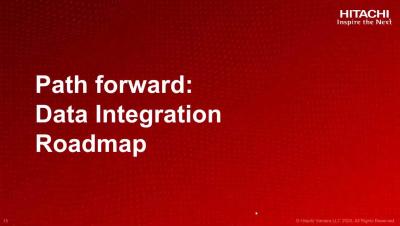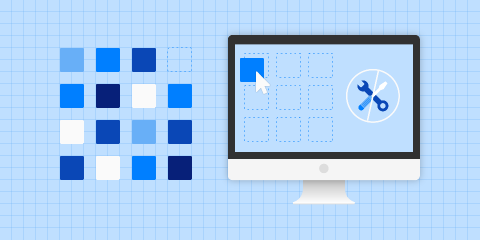Analytics
Cloudera Operational Database experience (dbPaaS) available as Technical Preview
The Cloudera Operational Database (COD) experience is a managed dbPaaS solution which abstracts the underlying cluster instance as a Database. It can auto-scale based on the workload utilization of the cluster and will be adding the ability to auto-tune (better performance within the existing infrastructure footprint) and auto-heal (resolve operational problems automatically) later this year.
The Rise Of Connected Manufacturing - How Data Is Driving Innovation Part II
A Shift Towards Industry 4.0 Is Improving Manufacturing Efficiency And Increasing Innovation In Part II of our series with Michael Ger, Managing Director of Manufacturing and Automotive at Cloudera, he looks in greater detail at how AI, big data, and machine learning are impacting connected living and the evolution of autonomous driving.
How To Weave Multicloud Data Fabric: Roadmap Session On Lumada Edge Intelligence
To Manage All Your Data Pipelines, Let's Follow The Lumada Dataflow Studio Roadmap
Will your streaming data platform disturb your holiday?
Here's why you need to double down on your DataOps before your vacation. In the past few months, everything has changed at work (or at home). Q1 plans were scrapped. Reset buttons were smashed. It was all about cost-cutting and keeping lights on. Many app and data teams sought quick solutions and developed workarounds to data challenges and operational problems as people prepared to work from home for the foreseeable future. And now, it’s time for a holiday.
How To Assess Build Vs. Buy As a Product Manager
How can you avoid wasting engineering cycles around data pipeline creation and maintenance? Answer: Powered By Fivetran
Operational Database Scalability
Cloudera’s Operational Database provides unparalleled scale and flexibility for applications, enabling enterprises to bring together and process data of all types and from more sources, while providing developers with the flexibility they need. In this blog, we’ll look into capabilities that make Operational Database the right choice for hyperscale.
Use IAM custom roles to manage access to your BigQuery data warehouse
When migrating a data warehouse to BigQuery, one of the most critical tasks is mapping existing user permissions to equivalent Google Cloud Identity and Access Management (Cloud IAM) permissions and roles. This is especially true for migrating from large enterprise data warehouses like Teradata to BigQuery. The existing Teradata databases commonly contain multiple user-defined roles that combine access permissions and capture common data access patterns.
How No-Code Empowers Non-Engineers Without Sacrificing Data and Analytics
No-code is growing quickly. More and more people from all roles and departments are using a wide range of new tools and apps to build and experiment without fighting for engineering resources. This creates amazing opportunities for growth, but it also means data teams have to integrate data from ever-more sources to get a full picture of their business’s operations.








